Pomegranate Pests and Diseases: How to Identify and Treat Them
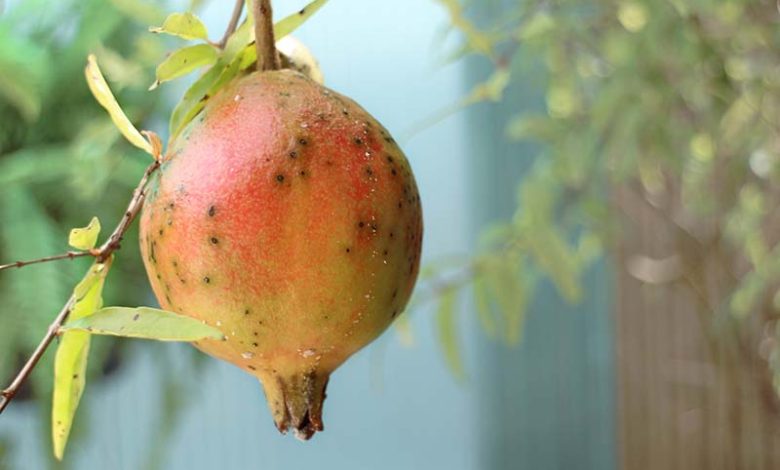
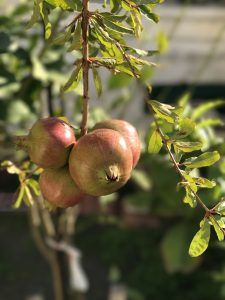 The pomegranate is one of the fruit trees that has become more popular in the Spanish community in recent times.
The pomegranate is one of the fruit trees that has become more popular in the Spanish community in recent times.
Its incorporation into the diet is more than widespread and that has led to the planting of a large number of trees, both for commercial use and for personal use in home gardens.
Being a fruit tree, the chances of it being attacked by pests and diseases is real and the best thing you can do is prepare for it.
How? You have already taken the first step and that is by informing yourself. Thanks to what we leave you here you will be able to diagnose and act in the face of any eventuality.
aphids
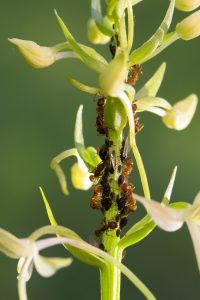 It is a common pest in pomegranate that is not particularly harmful, but to which attention must be paid to avoid major inconveniences.
It is a common pest in pomegranate that is not particularly harmful, but to which attention must be paid to avoid major inconveniences.
They usually appear during the summer, which is the warmest time, although certain species are capable of causing damage in autumn.
Its nutritional basis is in the sap, especially that coming from the most tender areas of the plant, such as the buds, flowers and freshly set fruits.
If the attack increases, the leaves will begin to turn yellow and become weak, as they are not receiving the level of sap that they should.
In case of attacks on the fruits, the commercial value may be lost due to the presence of small spots on the external part of the fruit. Now, the biggest drawback with these insects is that their wounds on the trees allow the bold to enter, which is very worrying.
The treatment is based on the use of paraffin oil with which the structure is cleaned to free it from aphids. You have to use it judiciously. It is also possible to attend to the emergency with the use of natural predators such as ladybugs.
cottony mealybug
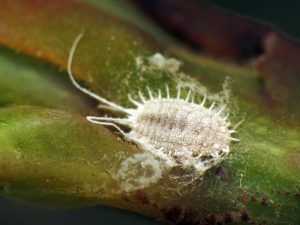
It is a plague that is frequent in pomegranate and that has the property of absorbing the sap of the trees thanks to their sucking mechanism.
It is necessary to deal with the attacks from the first phases of the plague’s activation because it is capable of hibernating and coming out in spring to continue its damage.
In addition, after the larvae are adults, the issue becomes more complex because the females are capable of laying up to 400 eggs at a time.
The evidence that they exist on plants is given by the fact that they create a mass of white color and with the appearance of cotton (hence its name). This mass is formed, above all, in the branches, which weaken and with them the rest of the structure.
There are natural predators that can be brought into the ecosystem to help treat mealybug proliferation. Some are Anagyrus Pseudococci and the Cryptolaemus Montrouzieri Mulsant.
When the attack is not very strong, neem oil can be used with potassium soap, seeking to spread the mixture throughout the structure.
fruit fly
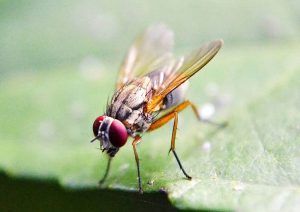 One of the most common in all types of fruit trees, becoming a real problem because they consume the fruit pulp.
One of the most common in all types of fruit trees, becoming a real problem because they consume the fruit pulp.
It is a plague that develops from a larva that later passes to a pupa and turns into a kind of fly at the end.
It has a high annual reproductive rate, being capable of producing up to 6 generations per female, so it can become difficult to control.
As in other cases, this is a pest capable of hibernating during the winter and then returning to the attack in the spring. It can be controlled by setting traps that capture the adults.
And thus prevent them from reproducing. There are traps that only catch them while others are capable of killing them in one go.
black heart
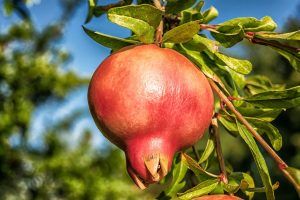 It is the disease that in other areas is known as alternaria and that affects in a worrying way the nutritional and consumable value of the fruits.
It is the disease that in other areas is known as alternaria and that affects in a worrying way the nutritional and consumable value of the fruits.
It has the property of being introduced into the pistils of the flowers, which is why it contaminates the fruits from the moment they begin to set.
However, the exterior appears to be intact, while inside the fruit turns black. When there are suspicions that it has attacked a pomegranate tree, it is necessary to act during the flowering period by applying copper-based treatments.
nematodes
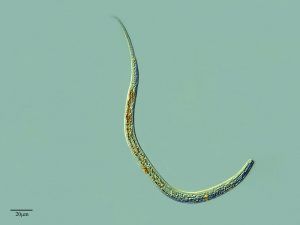 Although apparently it is not a disease that usually occurs very frequently in pomegranates, it does have a harmful effect on them.
Although apparently it is not a disease that usually occurs very frequently in pomegranates, it does have a harmful effect on them.
The symptoms are variable, and may show a lack of vigor, flowering in low quantity that influences a reduced number of fruits.
But the most worrying thing has to do with the death of the roots that can occur when the damage is deep, which can lead to the loss of the tree.
Nematodes are very difficult to treat after they have made an appearance, so the action is preventive.It is necessary that the planting is done on clean land and that the trees are well worked, taking care of the levels of organic fertilization.
jimmy
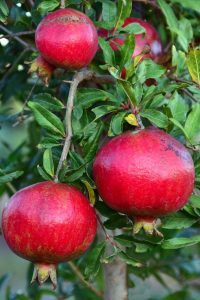 Finally we have this pest that is a Lepidoptera that finds in pomegranates the ideal home to develop.
Finally we have this pest that is a Lepidoptera that finds in pomegranates the ideal home to develop.
Its food source is divided into two phases: the first is the molasses that it gets in the structure and the second is the plant tissue.
When it reaches this second phase, the impact is greater and the pomegranates suffer more because their plant tissue is diminished.
The barreneta forms a large family, including up to 5 generations in a single year. They usually appear when the environmental conditions present high humidity and a mild temperature, around 20º C.
They can be attacked with traps filled with pheromones and with some other chemical-type treatments. Controlling the different pests and diseases from the beginning will be the winning strategy to have your trees in optimal conditions.
This will, in turn, result in a delicious and bountiful harvest that you are sure to happily enjoy. Fear not, act. Above all, it is advisable to rely on preventive acts because sometimes the corrective ones do not usually give as good results as we wish.
Bibliographic references
- QUALITATIVE AND QUANTITATIVE EVALUATION OF POMEGRANATE FRUITS (PUNICA GRANATUM L.) IN THE FIRST YEAR OF PRODUCTION VARIETY …, AND CCHINCHAZO MONTOYA – alicia.concytec.gob.pe
- Cultural management of the pomegranate crop (Punica granatum) var. Wonderful for export made at Agrícola Pampa Baja SAC, P Medina Millio – 2019 – repository.unsa.edu.pe
- Identification of the phenological stages of Punica granatum l. var. wonderful in SALAVERRY, TRUJILLO, CE Arce Escobar – 2014 – dspace.unitru.edu.pe
- Agronomic management of pomegranate cultivation (punica granatum l.) in Virú-La Libertad, JV Fernández Rodriguez – 2013 – dspace.unitru.edu.pe
- Pomegranate pests in Spain, J Bartual, A Lozoya, M Ortiz – Phytoma Spain, 2014 – redivia.gva.es
- Evaluation of biostimulants, fertilizers and fungicides in pomegranate (Punica granatum) in Puerto Rico, SC González-Martínez – 2020 – scholar.uprm.edu
Maybe you are also interested in:

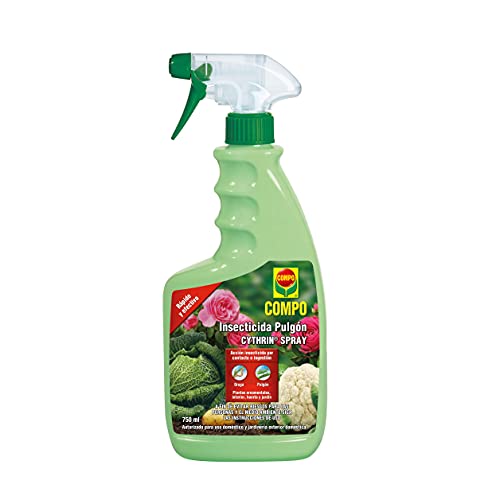


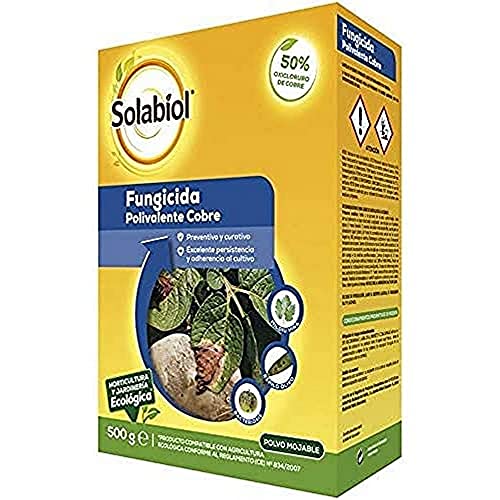
![Photo of Erica Gracilis: [Characteristics, Cultivation, Care and Disadvantages]](https://www.complete-gardening.com/wp-content/uploads/2022/08/erica-gracilis-characteristics-cultivation-care-and-disadvantages-390x220.jpg)

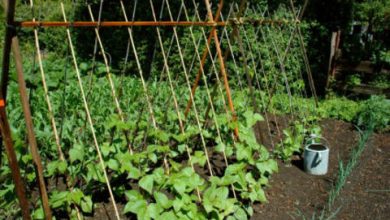
![Photo of Prune a Wisteria: [Importance, Time, Tools, Considerations and Steps]](https://www.complete-gardening.com/wp-content/uploads/2022/08/prune-a-wisteria-importance-time-tools-considerations-and-steps-390x220.jpg)